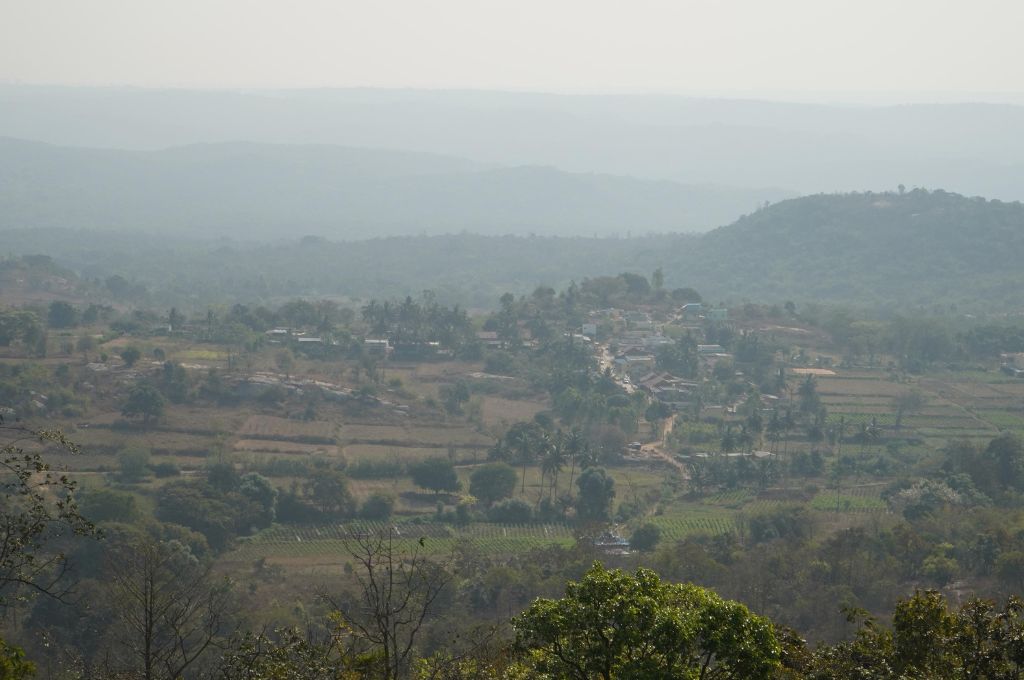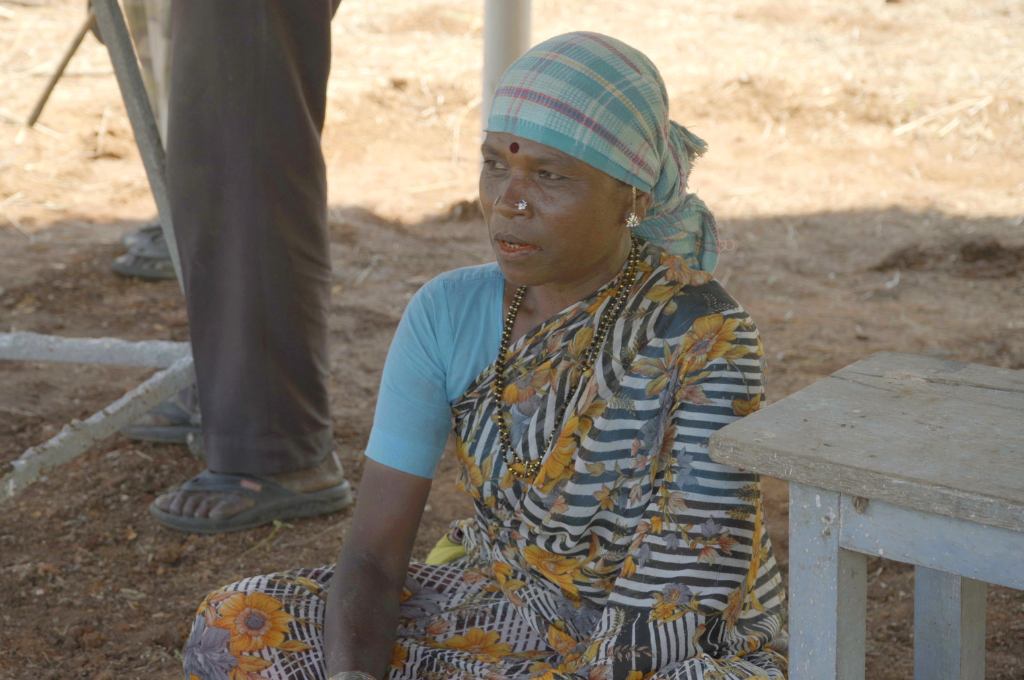The Wild Life (Protection) Act 1972 (WPA) and the Forest (Conservation) Act 1980 were passed by the Indian Parliament with the aim of conserving and expanding forest cover and arresting the decline of the wildlife population. While these two acts have undeniably been able to increase forest cover, their implementation has been described as punitive by the communities that have lived in such forest regions.
Over the past three years, Land Body Ecologies (LBE)—a global transdisciplinary network exploring the deep linkages of mental and ecosystem health—has sought to understand the long-standing connections between forests, land, and people. LBE is based in the Arctic North, India, Kenya, Uganda, Thailand, and the United Kingdom. It aims to document stories of loss emanating from being at home and yet feeling that your own home is leaving you. This concept, solastalgia—coined by Glenn Albrecht—was resonant across all our research sites.
In India, we worked with communities in the eco-sensitive zone of the Bannerghatta National Park (BNP), located on the outskirts of Bengaluru city. The BNP was declared a national park under the WPA in 1974, with a notified conservation area of more than 250 square kilometres.

The BNP eco-sensitive zone comprises 16 hamlets or doddis, which are typically quite small, with fewer than 20 houses. The doddis are home to a diverse mix of people, such as settled agricultural communities, indigenous populations that have been moved out of the forests, migrant pastoralists, and other marginalised groups that have found a refuge here. For our research study, we engaged with more than 55 respondents in Bannerghatta through design research methodologies, including in-depth interviews, and activities that involved the community using polaroid photos to document spaces in their doddis and then telling us the stories of the photos they took.

The Iruligas are an Adivasi community living in the region. There are many theories about the origin of the word ‘iruliga’—some believe it comes from ‘irulu’ (darkness), while others trace it to ‘ili’ (rat)—a reference to the widely held view that Iruligas hunt and subsist on rats. However, in the Bannerghatta region, Iruligas are identified by other communities as panditru, or forest saints, in recognition of their deep knowledge of the forest—including the medicinal properties of various herbs—and their understanding of animals, rooted in centuries of lived experience.

Madamma, an old Iruliga woman, recalls how her people relied on their awareness of medicinal herbs in the forest. “When we fell ill, we would medicate by applying the knowledge passed down from our grandparents. We would use the juices of the roots and plants available to us. Why would we need to get injections and tablets when our forest can take care of us?”

For the Iruligas, the forest has been an intrinsic component of their culture—this has engendered in them a duty to care for it. Thimarayappa, an old Lambani conservationist in Bannerghatta, adds, “If they (the Iruligas) had to chop down a tree, it would be a very thought-out decision. If they had to cut greens, it would be only the top parts, not the roots. If they had to dig a root vegetable, they would not remove it completely from the roots because they believe it needs to be there for the coming year. Not one tree would be chopped down unnecessarily.”

Thimarayappa attributes his familiarity with the forest to the time he spent learning from the Iruliga elders, and is keen to give them the credit and respect they have often not received. “I want to reiterate one important thing—if the forests are surviving today, it is because of these people. They have been the unofficial forest department for centuries. But look at their plight now. For all the work they have done for the forests, they have only got humiliation and hurt in return. This is why they do not like the forests any more.”

So what has caused the Iruligas to feel a disconnect with their homes?
Based on our work in the region, the implementation of the WPA and the Forest Conservation Act has contributed to this disconnect. The WPA states that “no individuals can damage, destroy, exploit or remove any wildlife or forest produce” and that flora and fauna are categorised as “government property”. It also put in place harsh control measures in the form of penalties including a three-year prison sentence, a fine of INR 25,000, or both.
The control measures on the conservation laws have led to the state taking on the role of sole owner and guardian of the forest while alienating and meting out harsh treatment towards the Iruligas, who contest this space with the state. An elder spoke about how these acts have become an excuse to harass and detain her community. “The forest officials beat and lock us up in police stations. We have become tired of this nuisance. We do not need this. Going to the forest brings us shame, so now we have stopped going.”
It must be noted that while the Forest Conservation Act technically allows for communities to use forest produce for ‘personal use’, this does not happen in actuality. Instead, they are often stopped from even entering the forest by local authorities.
With the passage of these two acts, the state positioned itself as the protector of the forest and viewed the local tribal communities as a threat to the flora and fauna of the BNP and as an obstacle to the preservation of the ecosystem. This in turn affected tribal livelihoods, disrupting their economic activities and eroding their cultural identity.
This loss has further given rise to an intergenerational conflict within the community. The Iruliga elders, regarded as unofficial stewards of the forest, now face the painful reality of their children trying to shed this identity and seek a new one.
An elder we spoke to lamented about how their generation worked hard to raise their children, who now turn around and accuse them of having done nothing. “The youth don’t understand our circumstances and how much we struggled. Now the forest department comes and imprisons them and uses them as scapegoats if anything happens in the forest. That is why they are angry.” Thimarayappa adds, “They are not interested in learning about medicines or the forest any more.”

“There is no work for us here,” says a young man. “We too want a ‘standard’ life. None of my friends here are married and nobody will let their daughters marry someone who lives near the forest. They say we don’t have any facilities or a future here. We are looking for opportunities in Bengaluru so we can move away.”
Today, the Iruliga youth are in search of a new identity that commands respect; for example, living as a gainfully employed person in Bengaluru. This decision to move away has been met with disappointment and concern and is echoed by Madamma, who says, “In my time, we were struggling to survive and nobody drank that much. Now the youth are confident of earning INR 1,000 wherever they go. With this, they do not mind buying alcohol and drinking. They have learned everything and none of us are able to control them or help them get off alcohol. We are trying to help them salvage their lives, but they do not listen to us any more.”
Through all this, the role of the state must be examined. The implementation of the WPA and the Forest Conservation Act has been successful, to some degree, in achieving its goals of increased forest cover and protection of wildlife. However, it has failed to provide alternatives to the communities it has upended, while also falling short in curbing commercial activities such as mining within and outside the boundaries of the forest. Communities like the Iruligas that live in the BNP region must be meaningfully integrated into the state’s efforts to preserve the forest and wildlife. Scholars who have highlighted the varied kinds of mistreatment and discrimination faced by the communities have also emphasised the need for the state to take on measures such as providing alternate livelihood opportunities as well as revisiting and easing the strict control of forests. This will allow communities like the Iruligas to reforge their connection with the forest in a way that can revive a culture on the brink of disappearing.
Romit Raj contributed to this article.
—
Know more
- Listen to this podcast to learn more about solastalgia.
- Read this article about increasing incidents of human-wildlife conflict caused by climate change.
- Read this report to understand how forest-dwelling communities in Madhya Pradesh are systemically prosecuted under wildlife protection laws.
Do more
- Sign up for Land Body Ecologies’ newsletter.




